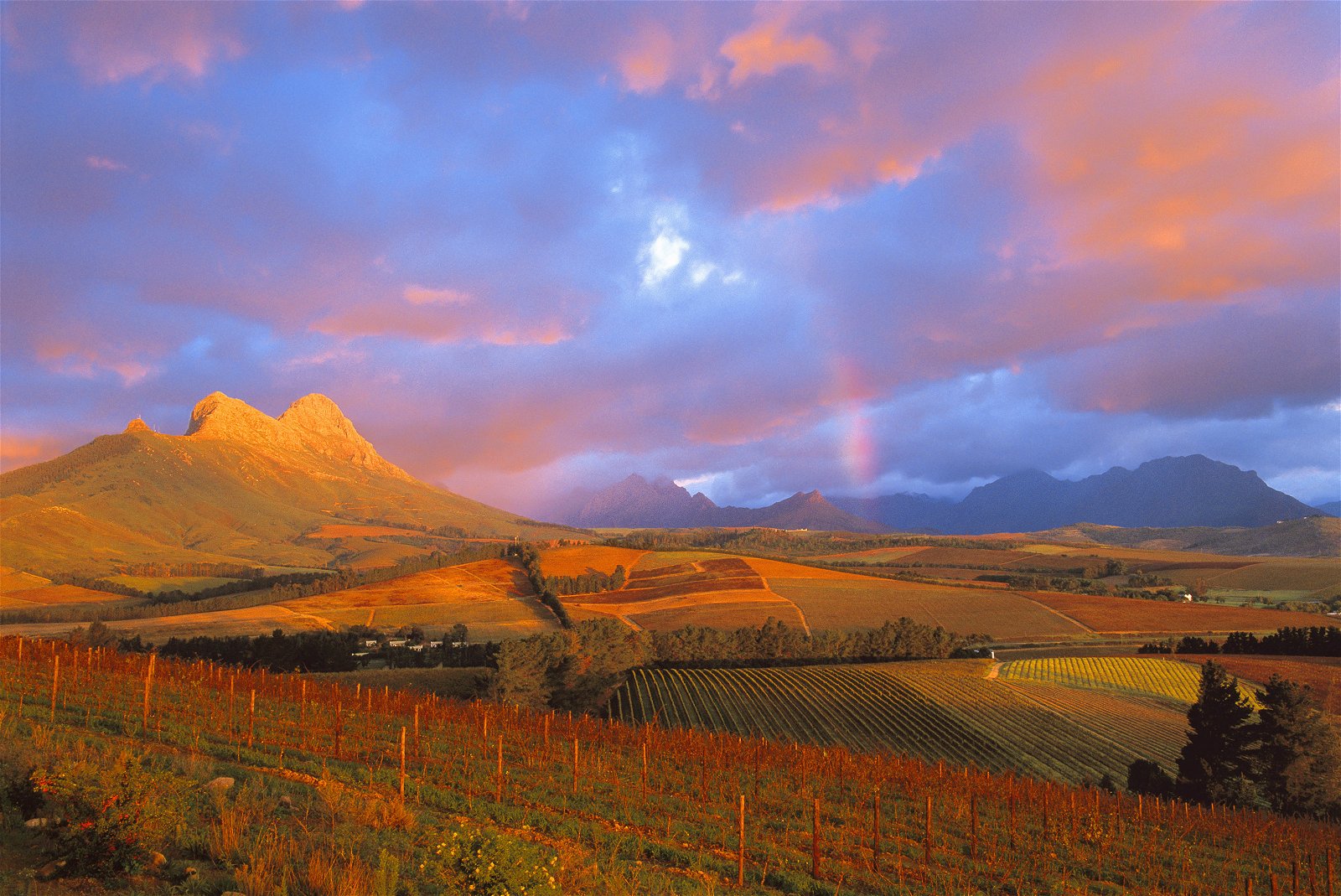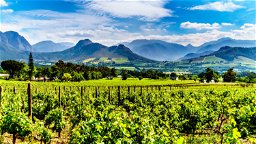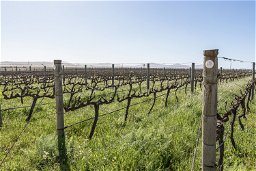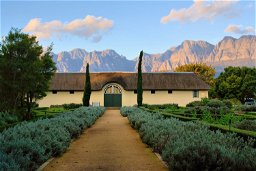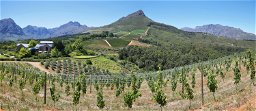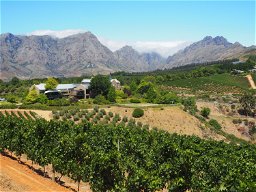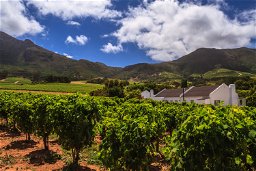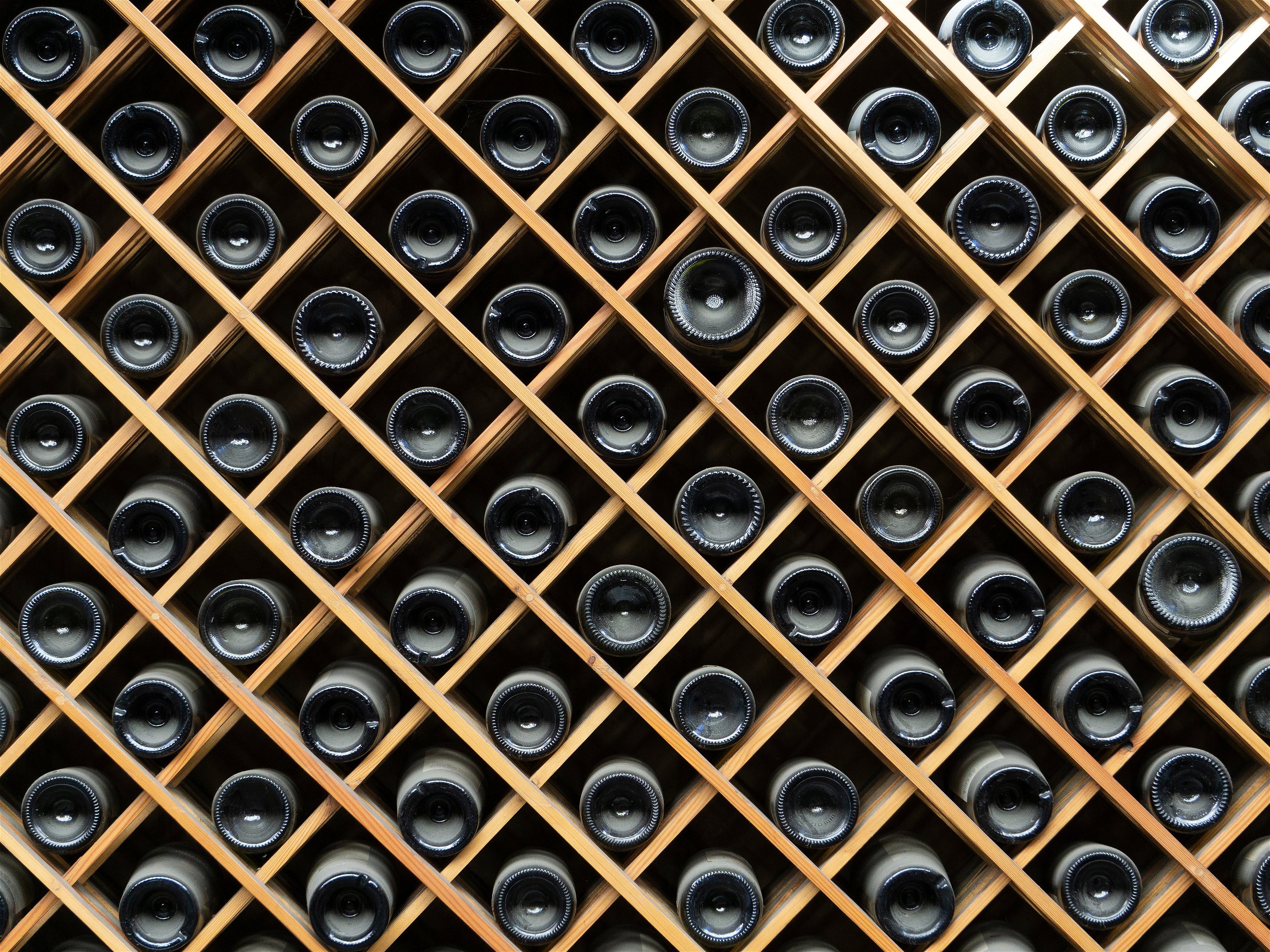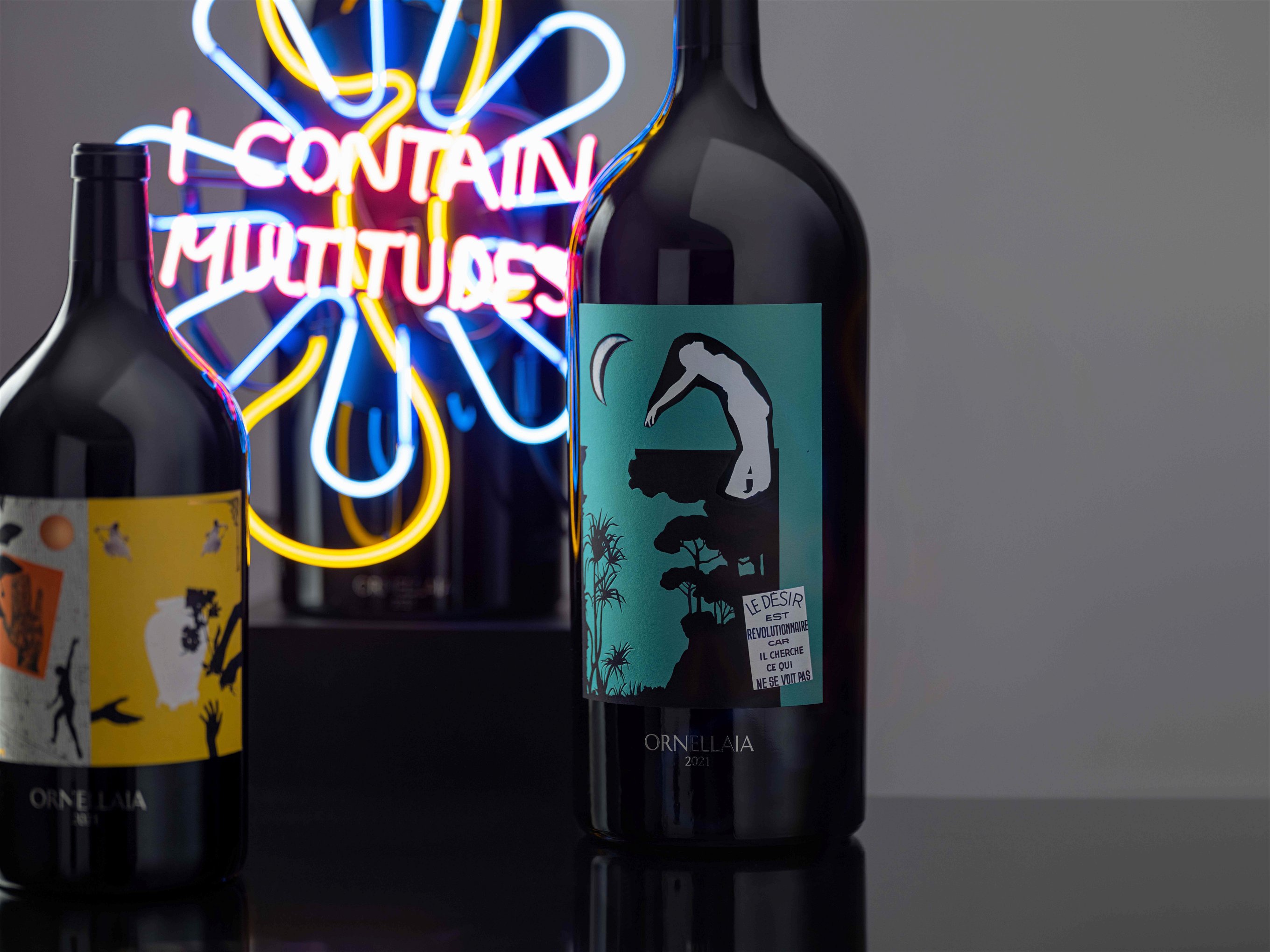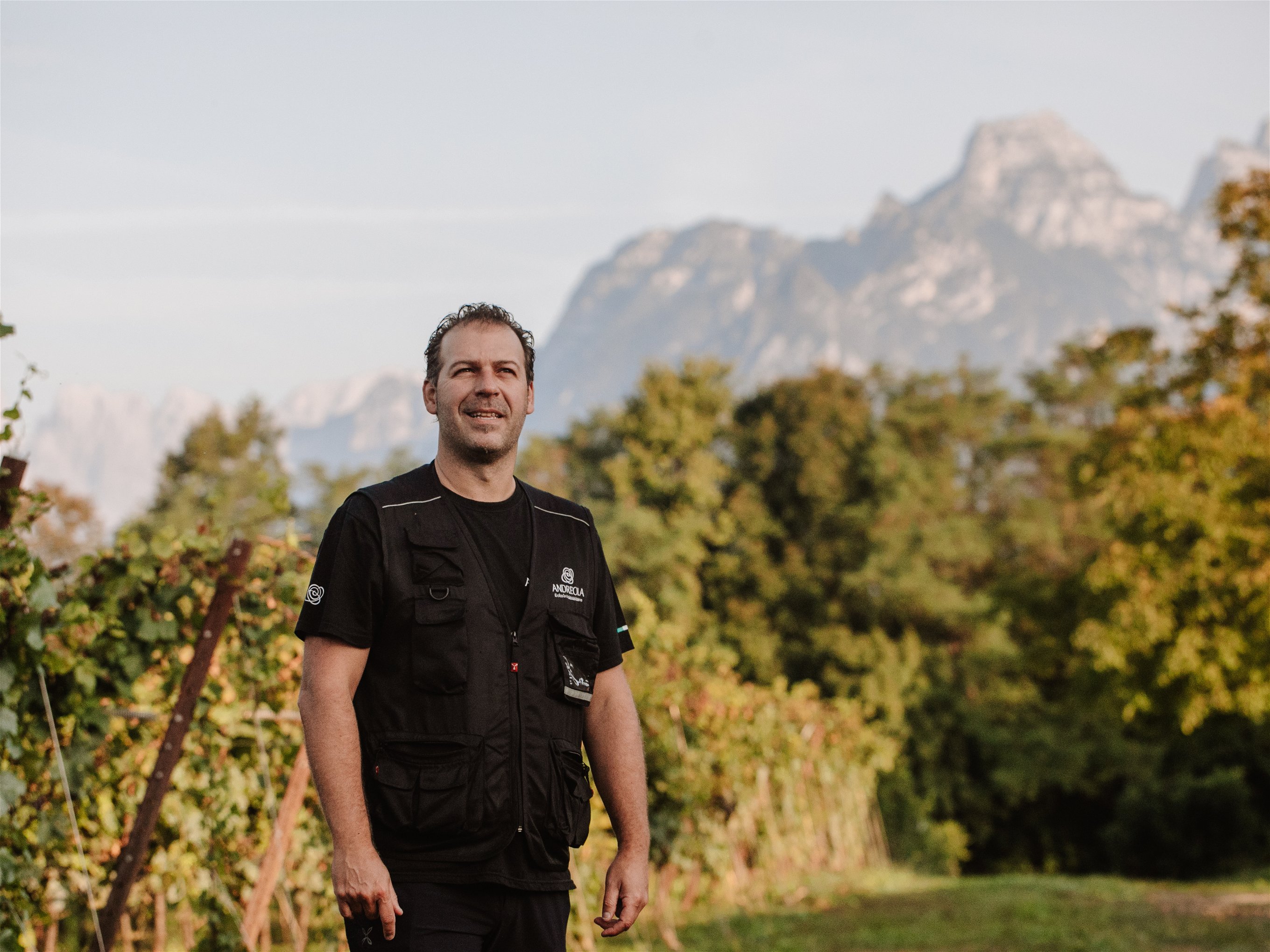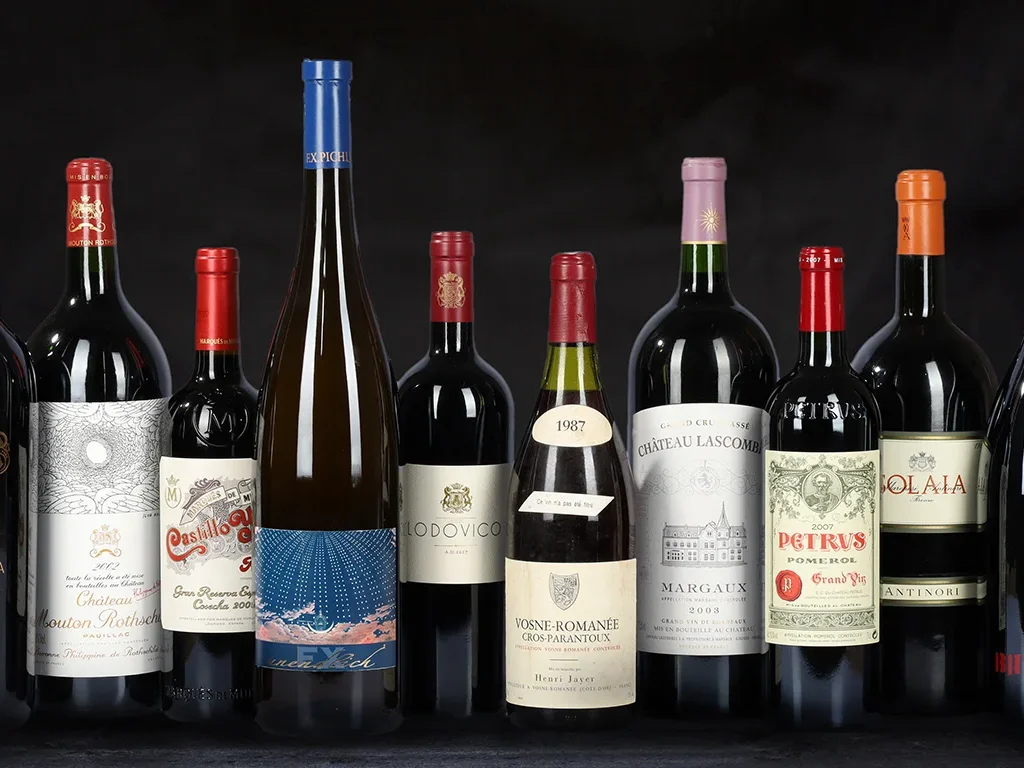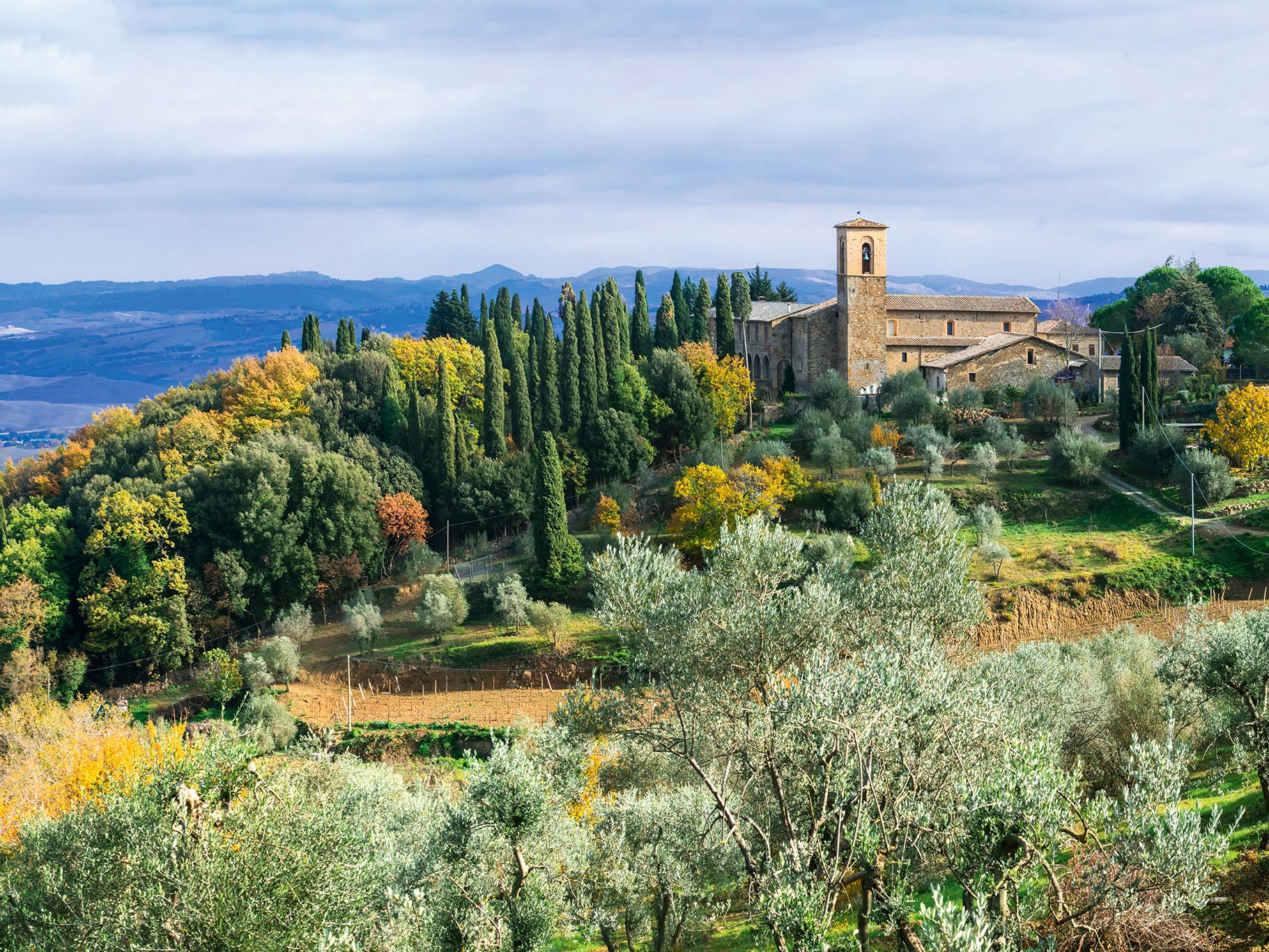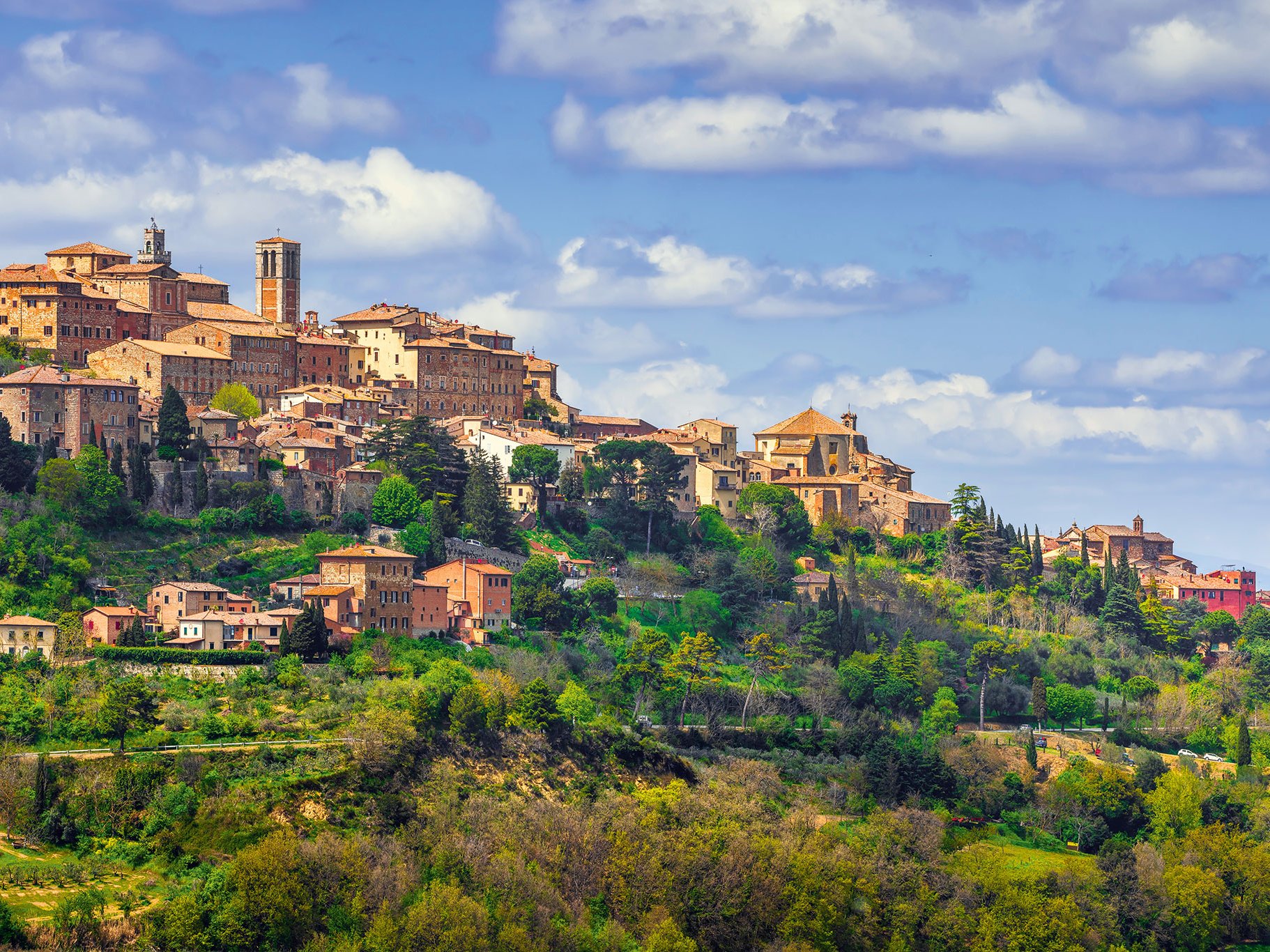The history of viticulture in the charming landscape of South Africa may still seem young but for the New World it is already one of the older ones. Dutch emigrants brought the vine to South Africa and produced wine primarily for the sailing ships on their long voyage to and from India, which made a stopover at the Cape of Good Hope to supply themselves with fresh food.
South Africa's wine growing experienced its first great heyday from the middle of the 18th century until around the middle of the 19th century with the "Constantia". This sweet wine produced from rosinized muscatel grapes directly from the Cape of Good Hope was held in the highest esteem, especially at the European royal and princely courts and among the aristocracy, alongside the sweet wines from Tokaij, for example.
After the phylloxera catastrophe, which did not spare South Africa's vineyards either, viticulture in the direction of quality did not really pick up again until the end of the 20th century. Until the 1980s, there were about 80 wineries flying the flag in the Cape, but today there are more than 400. 120,000 hectares are under vines, planted with a wide range of grape varieties.
The most famous regions are Stellenbosch, Franschhoek, Walker Bay, Paarl and Constantia, which with their different terroirs offer creative opportunities and good ageing potential to winemakers. A rising star amongst the regions is Swartland, in the interior of the country, which is making a name for itself with outstanding wines. The climate of South Africa is mostly determined by the sea. An important factor is the cold south wind, which usually comes up in the afternoon and cools down the grapes or, in case of rainfall, dries them quickly.
The most important white wine variety is Chenin Blanc, which with more than 17,000 hectares, occupies far more space here than in its mother country, France. This variety is used to produce white wines ranging from solid everyday quality to absolute top wines of almost Burgundian-like finesse, especially in Swartland.
The Sauvignon Blancs or Chardonnays from the coastal regions also enjoy an excellent reputation.
The most widely grown red wine variety is Cabernet Sauvignon, which is often blended with Merlot to create a so-called "Bordeaux Blend". With over 10,000 hectares, Syrah also plays a significant role, stylistically oriented more to the Rhone than to Shiraz from Australia.
A particular speciality is Pinotage, a cross between Cinsault and Pinot Noir, created 100 years ago in the Cape. Its very special aromas of tobacco, old leather and dried spices do not have universal appeal.
The cuisine of South Africa is characterised by the different population groups at the Cape and shows influences of the black population as well as immigrants from Holland or India.
Although the country lies by the sea, meat plays the main role, rather than fish and seafood. A popular meat speciality is the springbok. A classic is dried meat of beef or game, the "biltong".
Another important part of the cuisine is the "Bobotie", a casserole of beef or lamb with raisins, apricots, almonds and onions, spiced with curry, garlic and ginger. The "bredie" is also popular, a long braised lamb stew. Grilled meat plays a dominant role.
The gastronomic scene features family restaurants as well as more refined establishments, especially in Cape Town and the wine growing areas.
